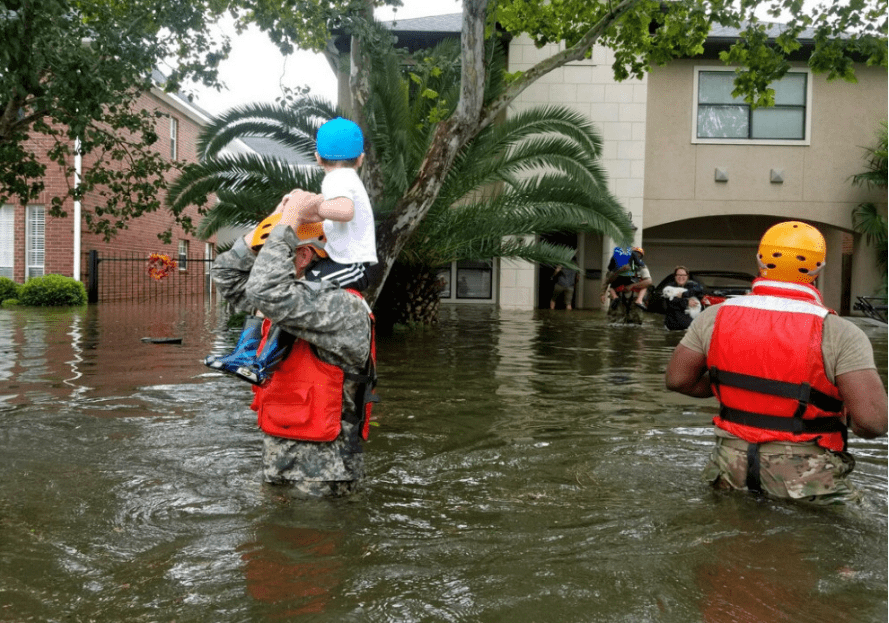First of all, after what happened in Oklahoma, on May 20, 2013, the best for your home is to not have to deal with this type of disaster. This scale of disaster reminds us all that a tornado can be more dangerous than even a hurricane. Why?
A tornado (also known as cyclone or twister) is unpredictable and does not give you too much time to prepare. Although they were seen on most continents except Antarctica, most dangerous of them occur in North America. It is true that they can be detected and tracked somehow even before they occur through the effort of storm spotters and with the help of Pulse-Doppler radar system, but unfortunately, how I have mentioned above it remains a very short time to face them.
There are several ways (scales) to rate a tornado. Among them is Fujita Scale that was updated in many countries with the more accurate Enhanced Fujita Scale. The weakest is of course, an EF0 or F0 tornado that brings little damage, except trees. An EF5 or F5 category is the strongest kind of tornado that level buildings and even can affect large skyscrapers.
This type of tornado, the most dangerous one, an EF5 category has ravaged a suburb of Oklahoma City (City of Moore) on May 20, 2013. This tornado has made in its path huge damage. However, houses and roads can be repaired and rebuilt, but the lost human lives are irreplaceable. Twenty four people lost their lives including 7 children.
What can be done to prevent this tragedy happen again? Do not forget that Oklahoma City almost every year face this unwanted event. Last year a powerful tornado occurred on April 13. In 1999 Oklahoma has faced violent tornado storms that lasted for almost three days between May 3 and May 6.
Obviously, this geographical area is like a highway for strong tornadoes. There are people who have lost twice their properties. What can be done for these people and their property?
Can a house withstand a tornado? The answer depends on how strong is this storm, if we are dealing with a minor whirlwind (EF0) or a very strong tornado (EF5), like the one that ravaged City of Moore. Equally important is that if your home receives a direct blow or is only across the cyclone.
With these two elements, let’s see things from a practical standpoint.
By Julie Sheer – See more Home Design Photos
For powerful tornado storms like any twister beyond the EF3 category, it’ll be quite expensive to build homes that can successfully withstand a direct hit. Instead for smaller storms like the ones under EF3, you can build a home, sufficiently resistant and at an affordable price.
However, the question is whether you can survive such a cataclysm, not the construction. After all, this Oklahoma tragedy has cost 24 lives and 377 injured. This is infinitely more important than 1,000 damaged structures.
Most homes had no basement or tornado shelter. Why, when it is well known that this area is prone to this type of storms?
Oklahoma soil does not allow the construction of basements or underground shelters, so the unique and practical solution is to have an above ground shelter. These “safe rooms” come at a price of approximately $6,000 and can withstand the most powerful twister.
Unfortunately, many owners used to build underground, small shelters called “storm cellars”, which are not in fact more larger than an ordinary crawl space. These underground rooms have been once something very common in Midwestern houses, along the eastern seashore line.
However, specially designed storm shelters are mandatory at every community, especially mobile home communities in many tornado path locations. Communal shelter structures built by neighbors or home owner associations are a practical and wise idea. They are a safe and not too much expensive storm refuge that can be used by a small community. They will not affect significantly the price of homes but will increase dramatically the security of the people.
We don’t have to forget the traditional cellars that can also be used as storm shelters. These cellars are used generally as root cellars or in other words as food storage. They have a strong, angled door. The angled door does not allow debris to accumulate on top or in front of it. Moreover, these root cellars are pretty far away from the house. In this way, you can be sure that your home structure will not fall and pile on the shelter.
CONCLUSION: Living in tornado path without a shelter is like driving on the highway without fastening your safety belt.
You can find more and detailed information on how to build an efficient and economically underground storm shelter, if you check with the “Taking Shelter from the Storm”: “Building a Safe Room for Your Home or Small Business”, and “National Storm Shelter Association”, where you can download various construction plans and specifications.
How to Strengthen a House to Withstand a Tornado (howtobuildahouseblog.com)

